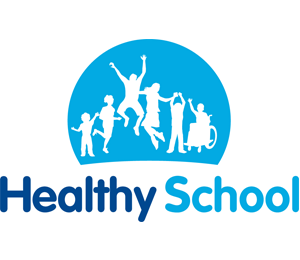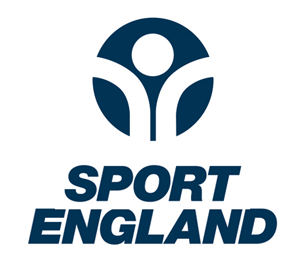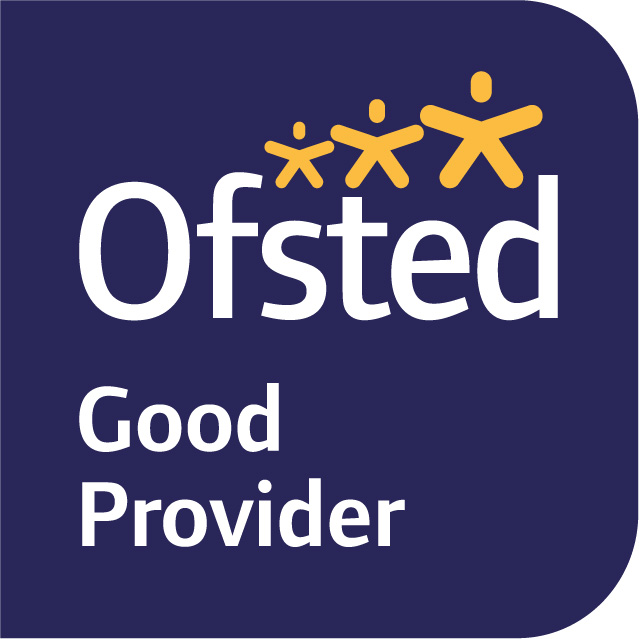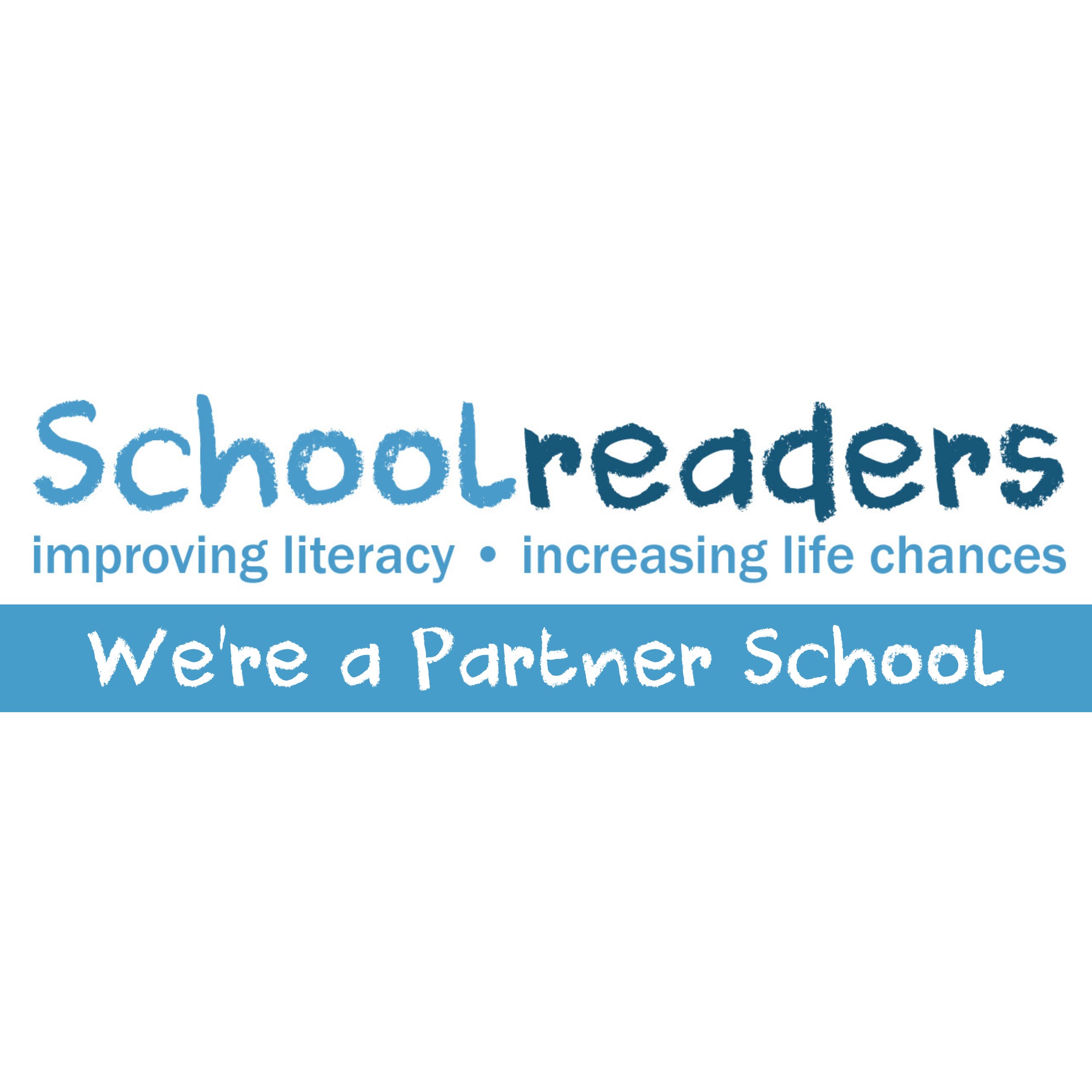Computing
Our Intent: Why our Computing curriculum looks like this
At Green Lane Primary Academy, we want pupils to be MASTERS of technology and not slaves to it. Technology is everywhere and will play a pivotal part in students’ lives. Therefore, we want to model and educate our pupils on how to use technology positively, responsibly and safely. We want our pupils to be creators not consumers and our broad curriculum encompassing computer science, information technology and digital literacy reflects this. We want our pupils to understand that there is always a choice with using technology and, as a school, we utilise technology (especially social media) to model positive use. We recognise that technology can allow pupils to share their learning in creative ways. We also understand the accessibility opportunities technology can provide for our pupils. Our knowledge-rich curriculum has to be balanced with the opportunity for pupils to apply their knowledge creatively, which will in turn help our pupils become skilful computer scientists. We encourage staff to embed computing across the whole curriculum to make learning creative and accessible. We want our pupils to be fluent with a range of tools to best express their understanding and hope that by Upper Key Stage 2, children have the independence and confidence to choose the best tool to fulfil the task and challenge set by teachers.
What are the aims of the Green Lane Curriculum for Computing?
The Green Lane Curriculum for Computing follows the aims of the National Curriculum to ensure that all pupils:
- can understand and apply the fundamental principles and concepts of computer science, including abstraction, logic, algorithms and data representation;
- can analyse problems in computational terms, and have repeated practical experience of writing computer programs in order to solve such problems;
- can evaluate and apply information technology, including new technologies, analytically to solve problems;
- are responsible, competent, confident and creative users of information and communication technology.
Computing Subject Content: Key Stage 1
By the end of each key stage, pupils are expected to know, apply and understand the matters, skills and processes specified in the relevant programme of study.
Pupils should be taught to:
- understand what algorithms are; how they are implemented as programs on digital devices; and that programs execute by following precise and unambiguous instructions
- create and debug simple programs
- use logical reasoning to predict the behaviour of simple programs
- use technology purposefully to create, organise, store, manipulate and retrieve digital content
- recognise common uses of information technology beyond school
- use technology safely and respectfully, keeping personal information private; identify where to go for help and support when they have concerns about content or contact on the internet or other online technologies.
Computing Subject Content: Key Stage 2
Pupils should be taught to:
- design, write and debug programs that accomplish specific goals, including controlling or simulating physical systems; solve problems by decomposing them into smaller parts
- use sequence, selection, and repetition in programs; work with variables and various forms of input and output
- use logical reasoning to explain how some simple algorithms work and to detect and correct errors in algorithms and programs
- understand computer networks including the internet; how they can provide multiple services, such as the world wide web; and the opportunities they offer for communication and collaboration
- use search technologies effectively, appreciate how results are selected and ranked, and be discerning in evaluating digital content
- select, use and combine a variety of software (including internet services) on a range of digital devices to design and create a range of programs, systems and content that accomplish given goals, including collecting, analysing, evaluating and presenting data and information
- use technology safely, respectfully and responsibly; recognise acceptable/unacceptable behaviour; identify a range of ways to report concerns about content and contact.
Implementation and Impact: How do we teach our Computing curriculum and what is the purpose of our Computing curriculum?
| IMPLEMENTATION | IMPACT |
| The implementation of Computing at Green Lane Primary Academy is based on the National Curriculum, and supported by our Computing Progression document, ensuring a broad range of skills are developed. We believe that the teaching of Computing is best approached through embedding across the curriculum. However, there may be some instances where a discreet approach is more appropriate. The computer science aspect of the computing curriculum will often, but not always, need a more explicit approach. Information Technology Children will mainly fulfil the objectives associated with this aspect of the curriculum via cross-curricular activities. In KS2, each year group will complete at least one topic exclusively within Google Classroom. This will involve researching their topic, producing a variety of pieces of digital work for that topic, and presenting that work within a digital space. Computer Science This branch of the curriculum will involve more discreet computer science lessons but can also be embedded within a cross-curricular setting. Children will use a variety of devices to explore the world of computer science, from Chromebooks and tablets, through to Lego and robotics. Digital Literacy Digital Literacy objectives can be threaded through the curriculum and delivered alongside other objectives. We believe in constant discussion with pupils about the purpose of the work they are completing, and about creating content that is valuable and purposeful. Links with our PSHE curriculum will also ensure that children learn the skills to become thoughtful and positive digital citizens. | We encourage our children to enjoy and value the curriculum we deliver. We will constantly ask the WHY behind their learning and not just the HOW, and to position their learning within relatable contexts. We want learners to discuss, reflect and appreciate the impact computing has on their learning, development and wellbeing. Finding the right balance with technology is key to an effective education and a healthy life-style. We feel the way we implement computing helps children realise the need for the right balance and one they can continue to build on in their next stage of education and beyond. The way pupils share, celebrate and publish their work will best show the impact of our curriculum. We also look for evidence through reviewing pupil’s knowledge and skills digitally through tools like Google Drive and observing learning regularly. Progress of our computing curriculum is demonstrated through outcomes and the record of coverage in the process of achieving these outcomes. |
Please click here to view our Computing Progression of Skills.






